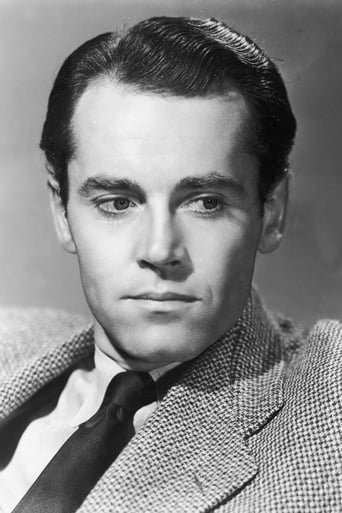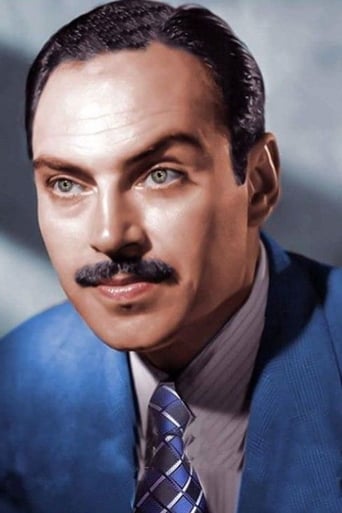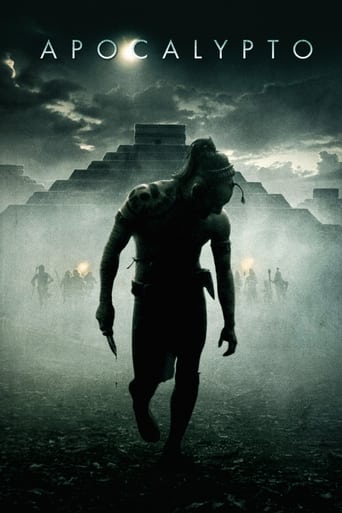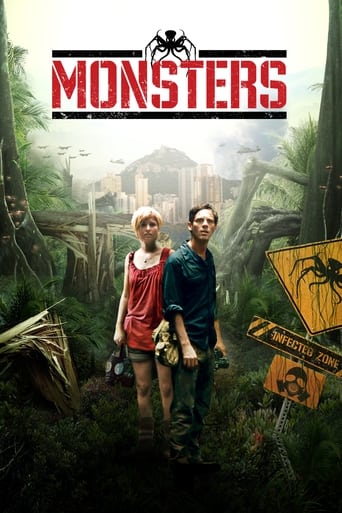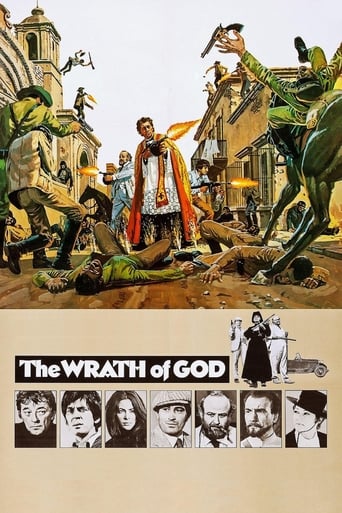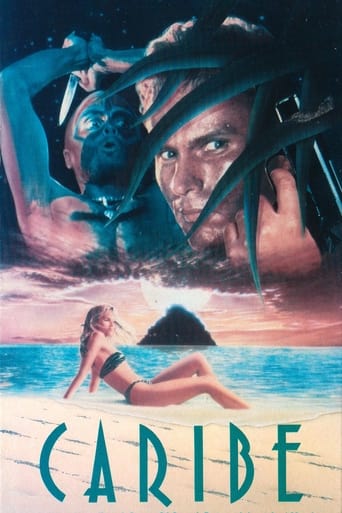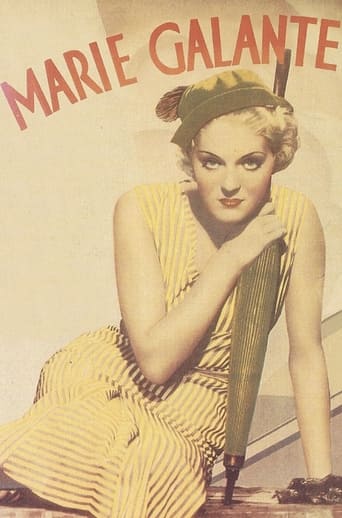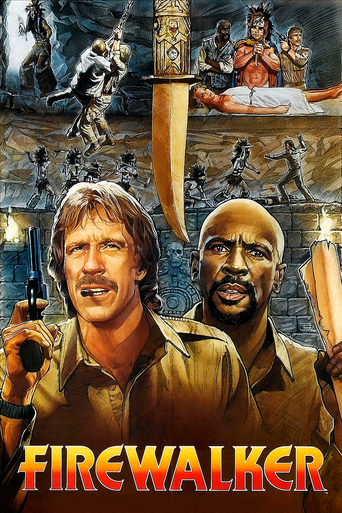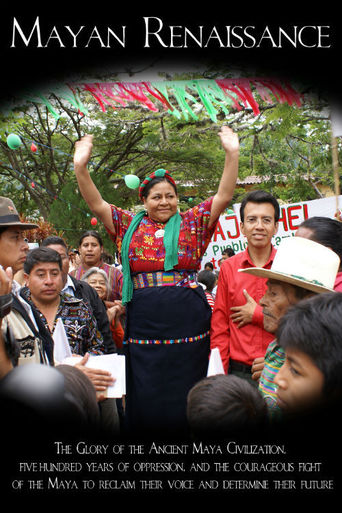
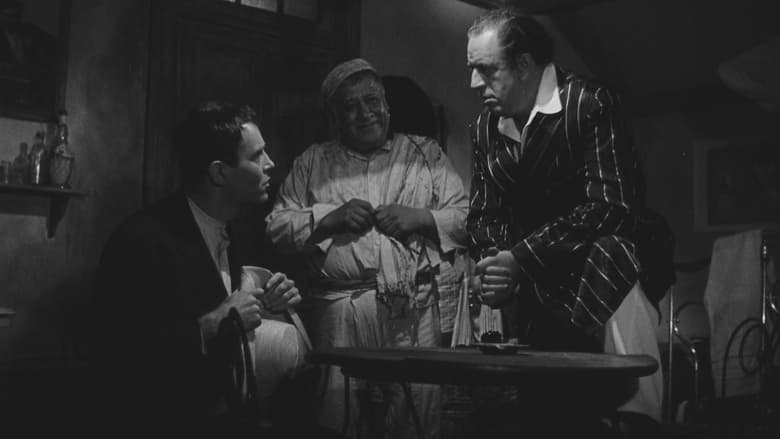
The Fugitive (1947)
Anti-Catholic and anti-cleric policies in the Mexican state of Tabasco lead the revolutionary government to persecute the state's last remaining priest.
Watch Trailer
Cast


Similar titles
Reviews
John Ford's lesser known masterpiece, full of expressionist touches, The Fugitive might be an allegorical warning for communist rule and its story conclusion might be too predictive, nevertheless the film contains a great cinematography by legendary cinematographer, Gabriel Figueroa, excellent performances from all participating actors/actresses and the great sincerity in the manner, which the story is told. Henry Fonda is magnificent as always as cowardly priest, who wants to be a martyr, but has an irresistible impulse to stay alive, almost no matter what. He tries to avoid authority of unnamed Latin country, where the priests are executed and tries to escape by steamboat. A boy approaches him, calls "father" and asks him to follow. boy's mother is dying. Boy's words are muted by steamboat's whistle. The priest overcomes the impulse and follows him, but has no wine and goes out to get it. He purchases wine from bootleggers. The priest watches two men, while they're drinking the wine, which meant to be used for sacraments, while somewhere boy's mother vainly waits for her last communion. He suffers spiritually, because he can't tell who he is.Dolores del Rio, which was a silent movie's Latina beauty, plays an Indian woman, Maria Dolores. Despite the fact, that she's good-looking yet, Ford is not interested in her sexuality. While she dances before sergeant, in order to hide the priest, her dance is not seductive for us. Ford portrays the scene from low angle. Dolores' bare feet are visible (visibly, middle-aged woman's feet), but they don't belong to seductress, they belong to martyr, in a sort of way. At the story's end, Fonda's character overcomes his fear of death and calmly follows his executioners. The governor is satisfied. At last, they caught the last priest in the country, as he says. In the church, Women are praying for the priest, someone knocks on door, women turn their heads toward the source of noise. The door opens, enters the man and says: "I'm your new priest..." Ford had a Catholic upbringing and faith, which is obvious in his many films and in this one too. He tried to show, that man's faith is stronger, than even the fear of death. The movie contains religious symbolism, sometimes trivial, but essential to the story and the main character's development.In conclusion, I can say, that every admirer of John Ford and the cinema generally, should watch this beautifully staged and photographed drama.
(53%) A south of the border fictionalised state in which religion, amongst other things, has been outlawed is the setting to this down-beat take on a famous story. John Ford's direction is stuffed with religious images, from the sunlight blazing down through a church window, to the virgin Mary likened character, and the many references to Christ such as the three crosses upon a hillside and the martyr running theme. Fonda plays an almost silent character who has the appearance of a startled dear in the headlights of a speeding car throughout the entire length of the movie, and as this borders on an almost silent film at times there's not really a great deal to get ones teeth into. It's also a slow paced movie with little actually happening at times, but if you stick with it and are willing to put up with a piece that is showing signs of age then you'll be rewarded with a well made sombre flick that isn't just a old copy of of a well used plot.
For 5 years beginning in 1926, the Republic of Mexico waged all out war against Catholic armies in several states in Mexico until 1931. The movie made by John Ford, follows the massive effect this Catholic repression had on Mexicans and their society over this time period. The baptisms, the hostage taking, the executions, the effect this repression had on all classes of Mexican society, were part of this understated but brilliant depiction of Mexico during the Cristero Rebellion.The fact that John Ford used the creme of the creme of Mexican films; Emiliano "El Indio" Fernandez, an iconic figure in Mexico's Golden Age of Cinema, as an associate producer, Fernando Fernandez, an accomplished singer in Mexican cinema, Miguel Inclan (the hostage), who would go on to achieve fame as the blind man in Bunuel's "Los Olvidados", Gabriel Figueroa, by far the most accomplished Mexican cinematographer of all time, Delores Del Rio and Pedro Armendariz, two of the top stars of Mexican films, to support one of America's finest movie stars Henry Fonda, speaks volumes on John Ford's efforts to craft a movie for the ages.This film has the angst found in German films, the methodical cadence characterizing films from Great Britian, the lights and shadows of Mexico, with a good helping of an American western, thanks to another great tough guy performance by Ward Bond. The lighting, camera angles, scenic shots; Gabriel used Mexico's two most important and sacred mountains in his scenery, Popocatepetl, and Iztaccihuatl. In closing, for all you film buffs, there is a triangle relationship between this film and one of the greatest films (if not the greatest) of all times, Citizen Kane. Everyone knows that Delores Del Rio was having a relationship with Orsen Wells, during the filming of Citizen Kane. The cinematographer of Citizen Kane, Gregg Toland, was a mentor for Gabriel Figueroa in Hollywood during the 1930's!
When Herbert J. Yates of Republic Pictures made a deal with John Ford to produce The Quiet Man he first made Ford agree to do one of his cavalry epics with John Wayne because he wanted a surefire moneymaker before taking a chance on The Quiet Man. The cavalry picture was Rio Grande.He must have been talking to the folks at RKO who lost their collective shirts when the public stayed away in droves from The Fugitive. It got great critical acclaim and no box office at all.My guess is that The Fugitive was sold all wrong or was made a year or two too early. If it had been sold as an anti-Communist as opposed to a pro-Catholic film it might have done better in those beginning years of The Cold War.The Fugitive is based on a Graham Greene novel The Power and the Glory and it is about a priest in an unnamed South American country who is a fugitive because of his calling. An anti-clerical government has taken control of the country and they are doing their best to drive the Catholic religion out of the country.Henry Fonda turns in a good sincere performance as the cleric, but he's about as convincingly Latino as Toshiro Mifune. The other members of the cast are well suited for their roles.The best performance in the film is from that chameleon like actor J. Carrol Naish who could play any kind of nationality on the planet. He's the informer who rats out Henry Fonda to the police. Very similar to what Akim Tamiroff did to Gary Cooper in For Whom The Bells Toll and Naish's own performance in another Gary Cooper film, Beau Geste.This was the first of three films Pedro Armendariz did with John Ford in an effort to broaden his appeal beyond Mexican cinema. Dolores Del Rio as his estranged wife was already familiar to American audiences from the silent screen.The original novel by Greene had the priest as somewhat less than true to all his vows. He's a drinker and a womanizer. Del Rio's character is also quite tawdry. And this from Greene who was a well known Catholic lay person. But this Hollywood in the firm grip of The Code so a lot of what Greene wrote had to be softened by Ford for the screen. It lessened the impact of the film.And with the whitewashing of Fonda's character came some rather heavy handed symbolism of Fonda as a Christlike figure.Still The Fugitive might be worth a look for Ford, Greene, and Fonda fans.


